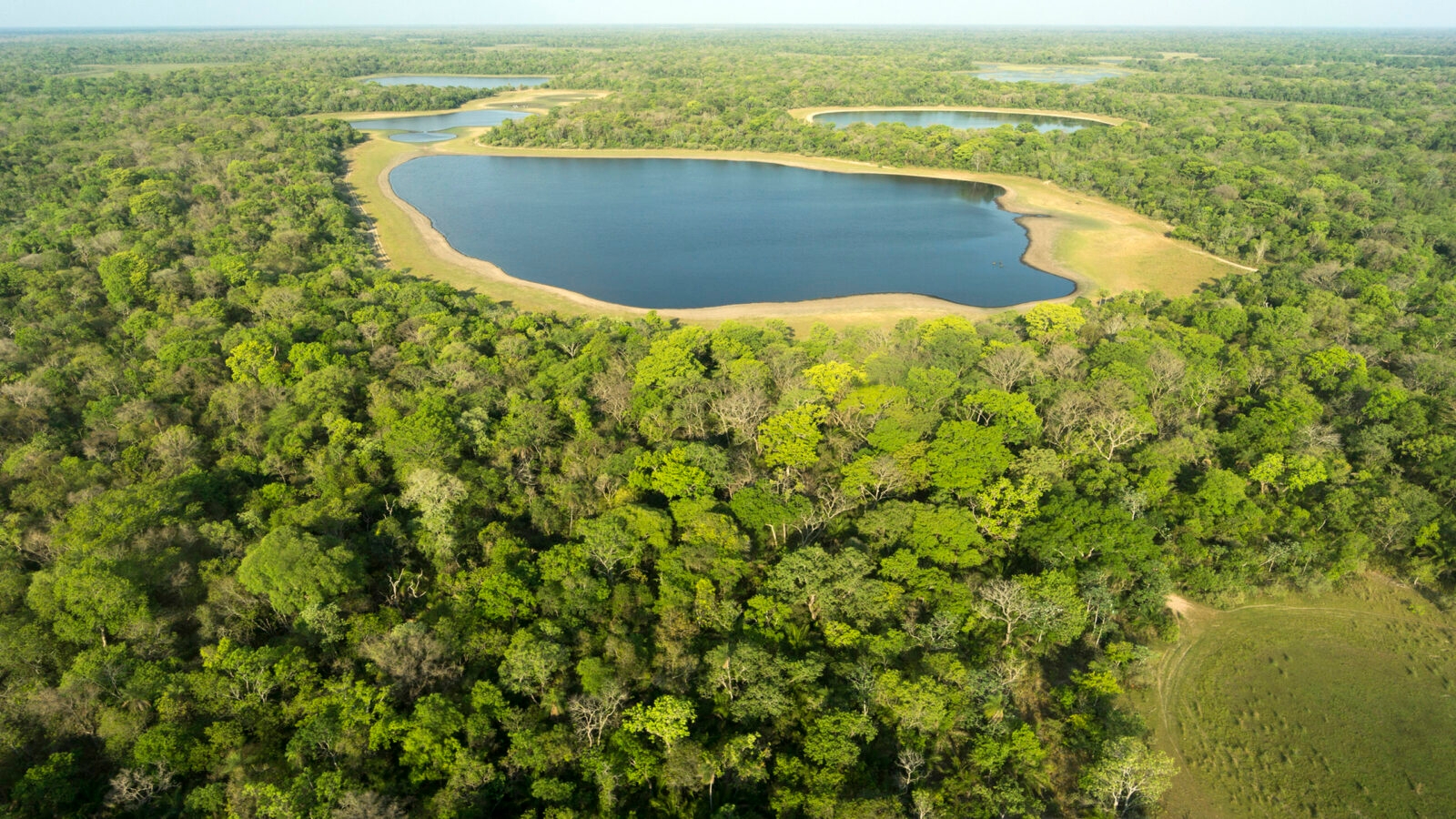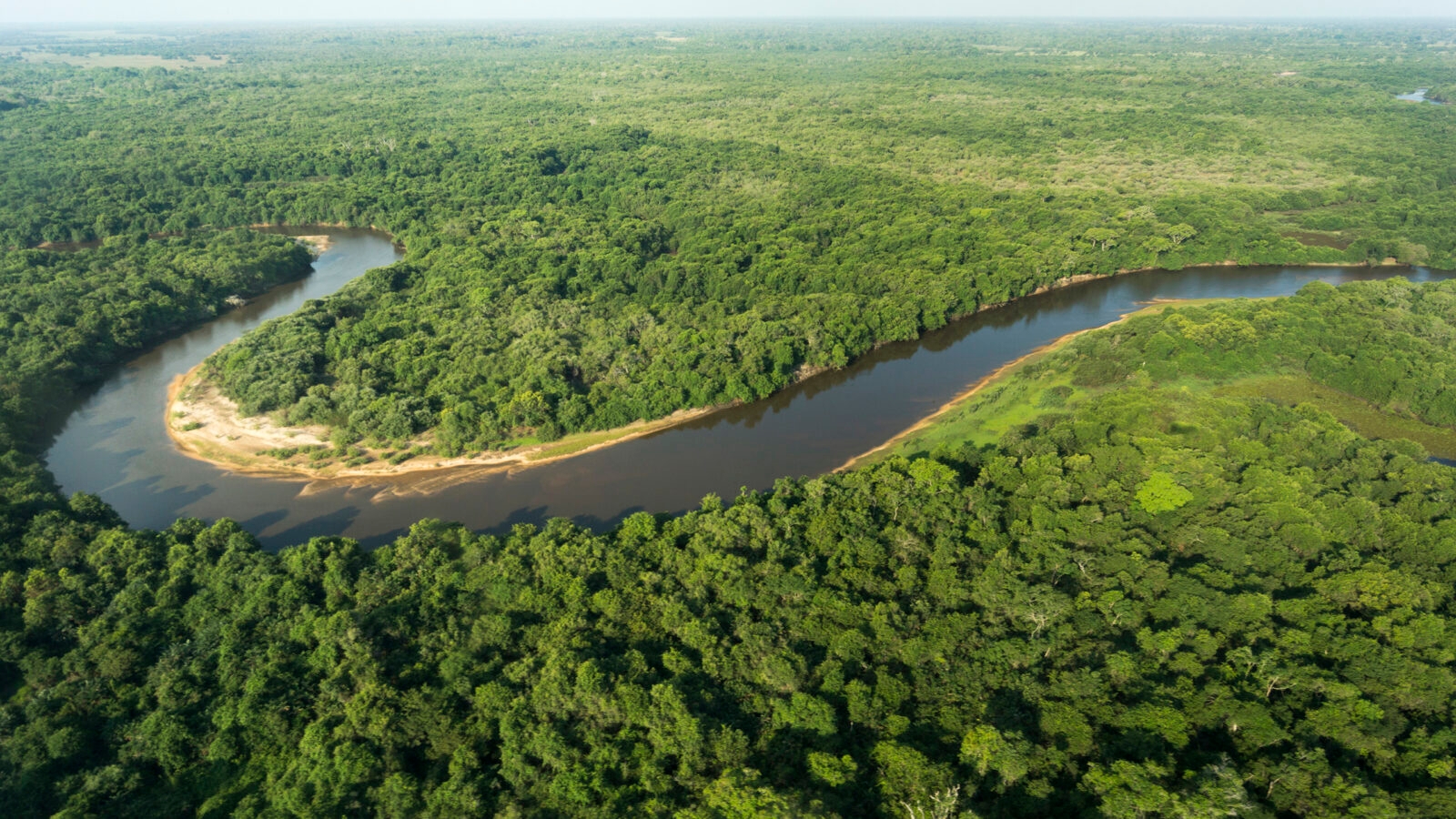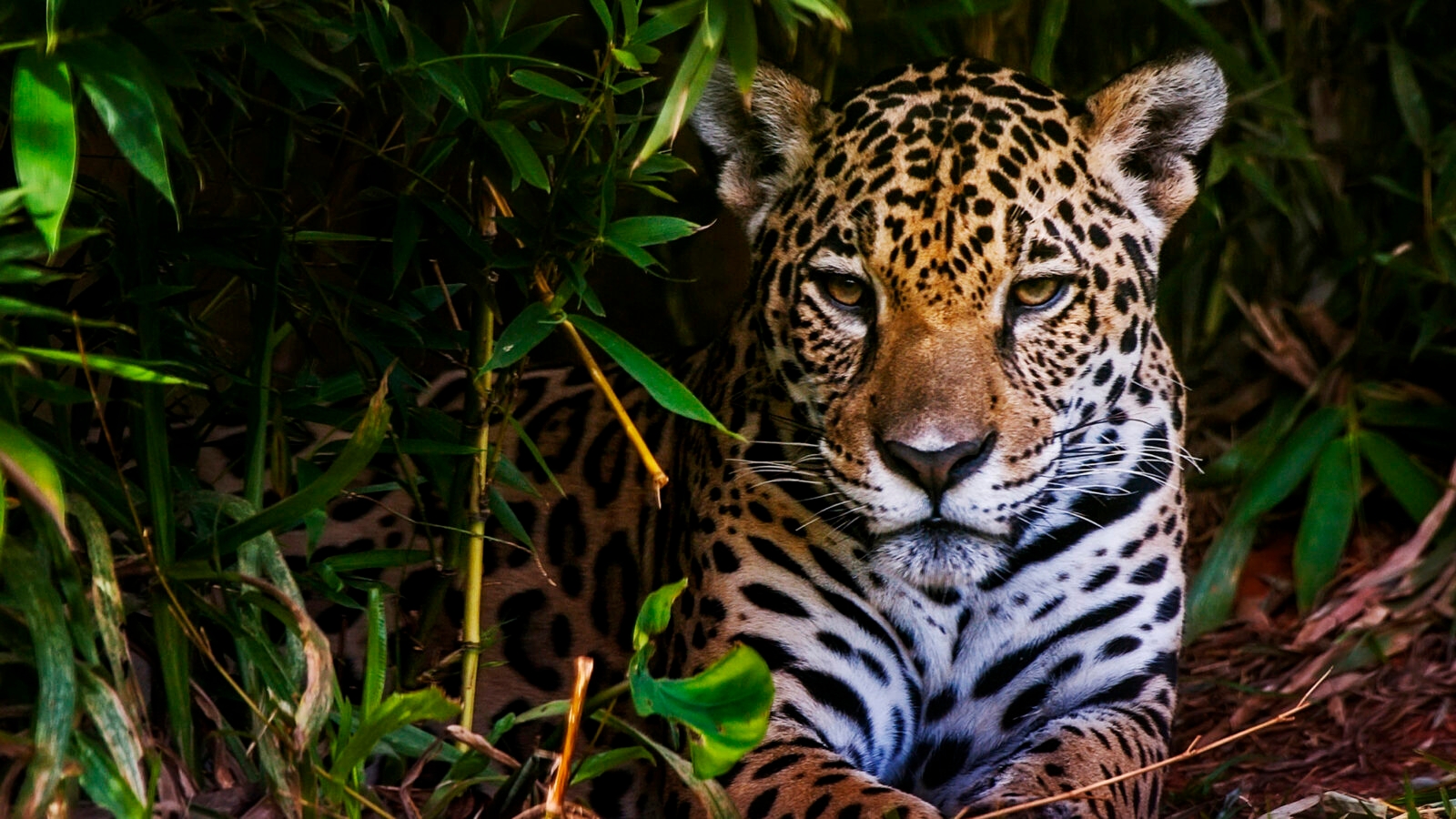The phrase 'Big Five' normally applies to rolling African plains.
Any true nature lover's bucket list, though, should include Latin America's largest country - Brazil.
With its wealthy array of ecosystems and exotic species, Brazil's pristine wildlife is incredible.
Maned wolves, anteaters, tapirs, giant otters and jaguars are Brazil's Big Five.

1) Anteater
The anteater, otherwise known as the ‘flag bear’ in Portuguese, is one of Brazil’s rather elusive mammals. Spot them during nocturnal hours by the watering holes of Latin America’s greatest wildlife location: the Pantanal. This unique and enormous wetlands area, one of the largest on Earth, boasts a whopping 400 bird species, eighty mammals and 240 fish species with excellent visibility to look out for the many creatures, including the distinctive anteater.


2) Maned wolf
Nicknamed ‘a fox on stilts’, the Maned Wolf shares more qualities with a fox than a wolf, due to its independent character and solitary hunting style. With its big ears twitching at the sound of prey, which includes rodents, frogs and insects, this tall and slender animal can be seen hopping around the Brazilian grassland on its exceptionally long legs. Though the night is spent hunting, these reddish and shiny looking creatures while away the day snoozing under thick bush in the savannah of Brazil’s pristine Cerrado.


3) Tapir
Brazil’s mellow and nocturnal tapir is another of the Big Five to look out for when you’re scouring the Pantanal in the later hours. These agile herbivores with their snorkel-like snout spend their days underwater feeding on water plants, fruits and buds and like the maned wolf are also solitary creatures.


4) Giant otter
Despite their reputation as cute and cuddly, the giant otter is regarded as one of Brazil’s top predators. Their thick bodies, strong incisors and powerful tails ensure tough hunting skills for catching their victim catfish, plus they are fairly easy to see, promising entertaining animal viewing.


5) Jaguar
For some, the elusive jaguar may be the most coveted animal here. The chief of Latin America’s jungle predators and the world’s third biggest cat, the jaguar is truly enchanting. A rich coat and hypnotising spots create a captivating sight which you can glean along exposed, sandy riverbanks. Besides beauty, these felines also possess impressive strength with the strongest bite of any cat, which they use to pierce through shells of reptiles and kill their prey with a direct bite through the skull.

Brazil’s rise in ecotourism has led to both improved wealth and wisdom for the country, with a conservation plan in development and hopes of a National Center for Research, Management and Conservation of Predators. So your Brazilian Big Five experience not only indicates good news for Brazil, but also for the endangered jaguar and friends.

Brazil example trips
Talk to one of our expert travel designers and start creating your dream wildlife trip of Brazil.
Brazil FAQs
The official language of Brazil is Portuguese.
Brazil is the largest Portuguese-speaking country in the world. While Portuguese is the dominant language, Brazil is a diverse country with many regional dialects and a variety of Indigenous languages.
Brazil is in Latin America, bordered by nearly every country on the South American continent except for Chile and Ecuador.
Carnival in Brazil typically takes place in the days leading up to Ash Wednesday, which marks the beginning of Lent in the Christian calendar. Since Lent is known as ‘movable’, the dates changing with the lunar cycle, Carnival also falls on different dates each year, but always in February or March.
The festivities usually start a few days before Ash Wednesday, with celebrations reaching their peak on Sunday through Tuesday of the Carnival week. The final grand parades and events often take place on Tuesday night (known as Mardi Gras), just before Ash Wednesday. Some of the biggest parties take place in Rio de Janeiro, but the religious festival of Carnival is observed across the continent.
The capital of Brazil is Brasília. Brasília is known for its modernist architecture, characterised by futuristic buildings, wide avenues and striking monuments. Some of the most famous landmarks in the city include the Congresso Nacional (National Congress), the Palácio do Planalto (Presidential Palace) and the Catedral Metropolitana (Metropolitan Cathedral), all designed by Oscar Niemeyer the renowned Brazilian architect.
The city is also recognised as a UNESCO World Heritage site due to its innovative urban planning and architectural significance. The unique layout of Brasília, which is often compared to the shape of an airplane or bird, makes it one of the most distinct capitals in the world.






